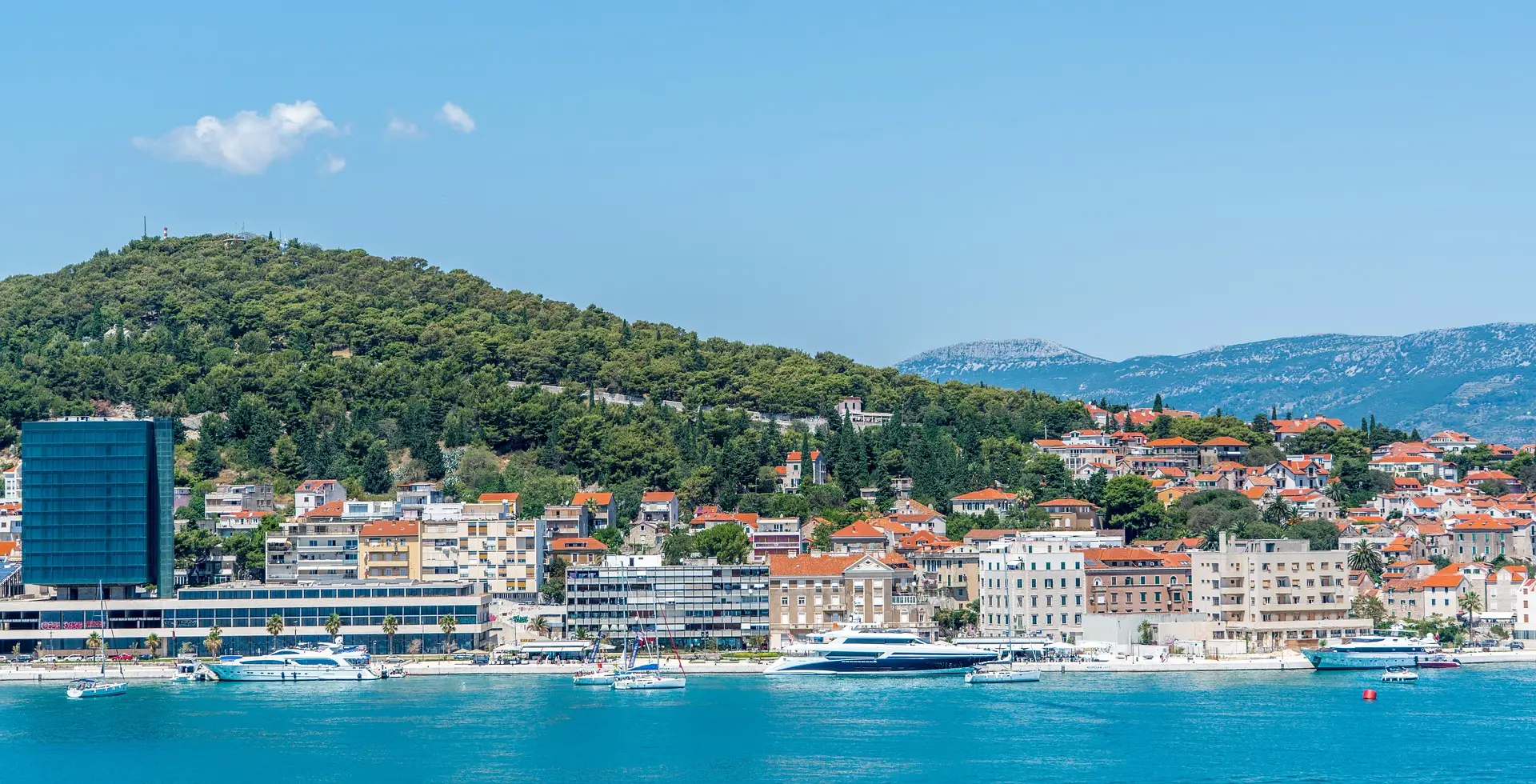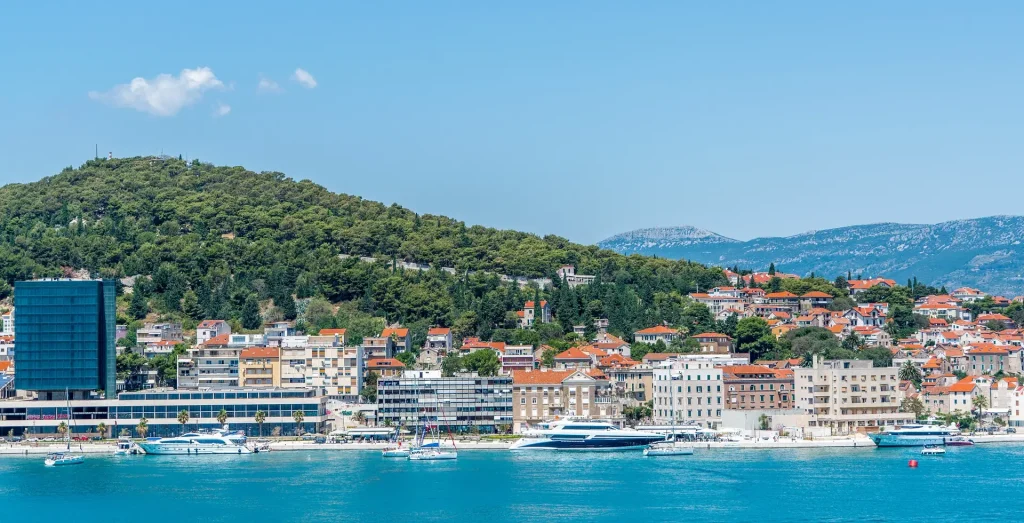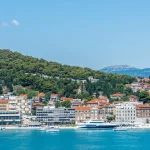
August 4, 2020 – The City of Split has announced they will begin the renovation of seven traditional stone houses in the Marjan park-forest, which were used to store tools and shelter people and animals during storms.
Slobodna Dalmacija reports that the estimated value is HRK 700,000 without VAT, or HRK 875,000 with VAT included. This is a 50 percent increase in costs compared to the 2017 estimate of HRK 501,375, which was stated in the application documents for the EU project “Marjan 2020 – Hill of the Past, Oasis of the Future”.
The application document (form B) for the Marjan 2020 project was signed on April 28, 2017, by Robert Koharevic, former director of the Public Institution for Marjan Park and Forest Management, and the city councilors from the opposition managed to get it after a lot of pressure on city structures.
The document states that the houses will be of educational content and show visitors traditional folk architecture. But later, at the presentation of the project, it was noted that they would be used to sell souvenirs. The obvious location for this purpose is the Visitor Center, which has been adapted outside the park-forest, in the former substation under the Marjan rocks, near the former hotel “Ambasador”.
However, in form B, it is stated that due to the revitalization of the botanical garden, the houses will be converted into souvenir shops.
Namely, the project, according to which Marjan ceases to be a “hill of the past” and becomes an “oasis of the future”, envisages that around 2.4 million kuna is earned annually from the sale of souvenirs. Thus, for the next 11 years, that is a total of about 26 million kuna in earnings, which is approximately the total budget of this project!
Interestingly, the earnings from souvenirs are considered more profitable than the annual earnings that would be realized from the transport of visitors by electric bus (452,000 kuna), transport by new boat that would bring tourists (875,000 kuna), tickets for the adrenaline park (565,000 kuna) and concessions for the paintball field (30,000 kuna).
The annual income from these services would be 1.9 million kuna, which is about 400 thousand less than what would allegedly be sold from souvenirs.
However, there are no Marjan souvenirs that would ensure the profitability of the project yet. Or at least we haven’t seen them yet.
Namely, according to the EU program, the competition for souvenirs and their presentation was to be held by June 2019 for 80,000 kuna.
During this period, “designing 3 site-specific souvenirs” had to be done. It was also necessary to “make one special souvenir that will contain the text in Braille”. In addition to the above, it is calculated that “T-shirts, USBs and the like as souvenirs and a reminder to visit the park-forest” will be sold at the Visitor Center on Trumbiceva obala, at the foot of the Marjan steps.
Recall that in 2019, a vessel for the transport of visitors had to be procured, the price of which, according to the documentation, is 3.75 million kuna for an electric or solar-powered vehicle , as well as an electric bus for a little over one million kuna.
The EU project Marjan 2020 will create more jobs in the park-forest. For this, it is necessary to hire seven people indefinitely – an electric bus driver, skipper and sailor who will operate the electric/solar boat, informants and sellers of various park-forest facilities, while over the summer, two more people are expected to help. The botanical garden would employ the head of the interpretation center and one gardener. HRK 1.26 million should be allocated annually for all employees, while the total annual project costs would amount to HRK 3.7 to 4.3 million.
In the best years, which is the first few years, the project would bring in 800,000 kuna per year, while after that, it would drop, and after seven years, it would drop to 400,000 per year. In the 11th year, it would amount to only 25 thousand! It is clear that such a calculation significantly depends on the sale of souvenirs. Namely, the profit that would be realized from their sale should amount to more than 50 percent of total revenues.
That is, souvenirs would have to bring in 2.4 million kuna every year so that the total annual income of the project would be around 4.3 million. However, the profit would be the highest at the beginning of the project.
The planned investments of the City, the Split Tourist Board and the Public Institution were around 6.6 million kuna, while the total return of money (cumulative) after ten years would amount to approximately 6.2 million.
It is interesting that in the same document, it was calculated that the City would be in a substantial deficit of 13 million kuna after 11 years, if it invested everything itself, or that it embarked on such a project without EU assistance.
But even with EU assistance, the project is walking a thin line in terms of sustainability as total souvenir earnings in 11 years (26 million) should be higher than 75 percent of grants received from the EU. Can souvenirs, which are yet to be made, save this project from losses?
Whether this Marjan project has the potential and magnetism to attract tourists remains to be seen.
To read more about lifestyle in Croatia, follow TCN’s dedicated page.









